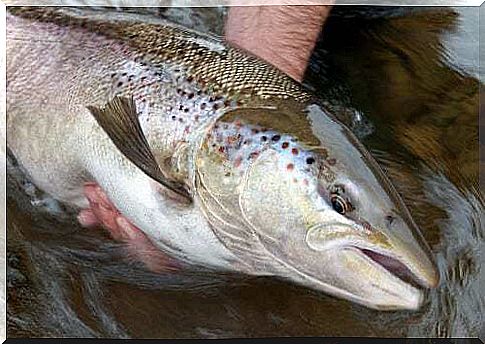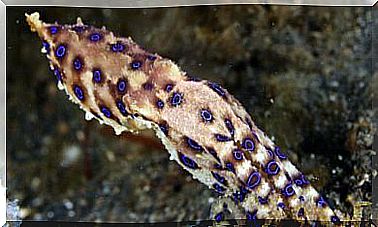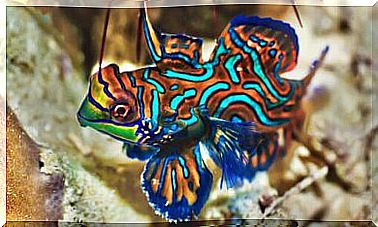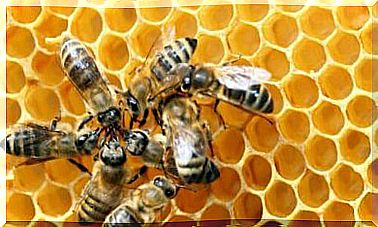The Infectious Virus Of Salmon Anemia

Salmon anemia was first reported in the 1980s. To date, infectious salmon anemia has produced close to 90% mortality in some farms. In this article we will talk about the infectious virus of salmon anemia, providing more details on the organism responsible, the symptoms and the diagnosis of this disease.
History of infectious salmon anemia
In the mid-1980s, the first cases of a hitherto unknown disease were detected in Norway. The affected animals all belonged to the same species: Salmo salar, the so-called Atlantic salmon.
Initially, and because of the symptoms, this disease was baptized as “hemorrhagic renal syndrome”. As more cases were diagnosed and following the discovery of the triggering agent, it was renamed ISA, referring to its acronym in English: Infectious salmon anemia .
Over time, outbreaks of this disease have also been reported in other countries: Canada, Scotland, the United States or the Faroe Islands. The common denominator of all these cases was the origin: they were fish farmed in salt water, which in many cases also involved a considerable economic loss.

What are the causes of infectious salmon anemia?
The cause of this disease is a virus, known by the common name of Salmon Anemia Infectious Virus or ISAV, from the initials of the acronym in English. Biologically it belongs to the Orthomyxoviridae family . This group of viruses, where we can also find the viruses that cause influenza, only affects vertebrate organisms.
Mortality caused by ISAV in salmon is extremely high if not detected in time. Initially, mortality rates may be as low as 1%, but if left unchecked, some companies have reported mortality close to 90% within a few months.
In addition to Atlantic salmon, there are reported cases of this disease in other aquatic species as well, such as silver salmon (Oncorhynchus kisutch ) or rainbow trout ( Oncorhynchus mykiss ). In the case of humans, this virus is harmless.

Symptoms and transmission of infectious salmon anemia
There are a number of symptoms that can indicate the presence of ISAVs. The most common are usually:
- Darkening of the skin.
- Lethargy.
- Hemorrhages located in the eye.
- Intense anemia, which means that the gills appear pale in color.
- In some specimens, the spleen and liver grow abnormally.
One of the most important challenges in this disease is to control its transmission. In fact, in the case of farmed fish, when the virus is inside a tank, it spreads very quickly among all fish. Transmission can also occur between different tanks, but more slowly.

Is there an effective treatment?
When dealing with a virus, pharmacological or veterinary measures are often limited. Therefore, the most effective treatments involve a series of bio-control measures, combined with very strict hygiene and disinfectant treatments. The ultimate goal of these measures is to decrease the incidence of the virus.
For this, special sanitary products must be used for the tanks, machines and personnel in contact with the salmon. If disease is detected, affected animals should be removed as quickly as possible. Therefore, one of the best preventative techniques is to separate enough farms and tanks so that the virus does not spread.
Despite everything, some fish farms have suffered millions of losses, so much so that infectious salmon anemia has raised alarm in the salmon industry in recent years.









